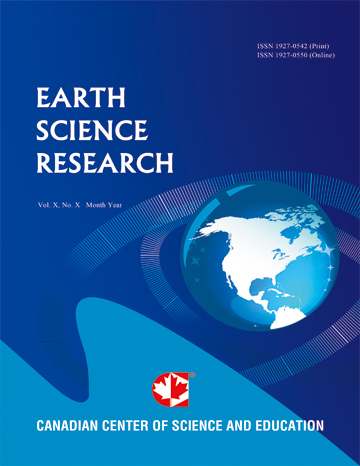Reservoir Characteristics of Buried-hill Draping Zone in L Oilfield, Offshore China
- Yujuan Liu
- Qianping Zhang
- Bin Zheng
- Jing Zhang
- Zhaozhao Qu
Abstract
The reservoir in different parts of buried-hill draping zone is often quite different, so it is of great significance to clarify the reservoir characteristics for exploration and development. Based on core, well logging, seismic data and production data, reservoir characteristics of oil layer Ⅱ in the lower second member of Dongying Formation of L oilfield, Bohai Bay Basin, offshore eastern China are systematically studied. Analyses of seismic facies, well-seismic combination, paleogeomorphology, and sedimentary characteristics are carried out. Sediment source supply, lake level and buried hill basement geomorphology all contribute to reservoir quality. The research suggests that the different parts of buried-hill draping zone can be divided into four types. Reservoir thickness and physical properties vary. The area where the provenance direction is consistent with the ancient valley direction is a favorable location for the development of high-quality reservoirs. Under the guidance of the results, oilfield production practices in L oilfield offshore China are successful. Knowledge gained from study of L oilfield has application to the development of other similar fields.
- Full Text:
 PDF
PDF
- DOI:10.5539/esr.v10n2p33
Index
Contact
- Lesley LuoEditorial Assistant
- esr@ccsenet.org
